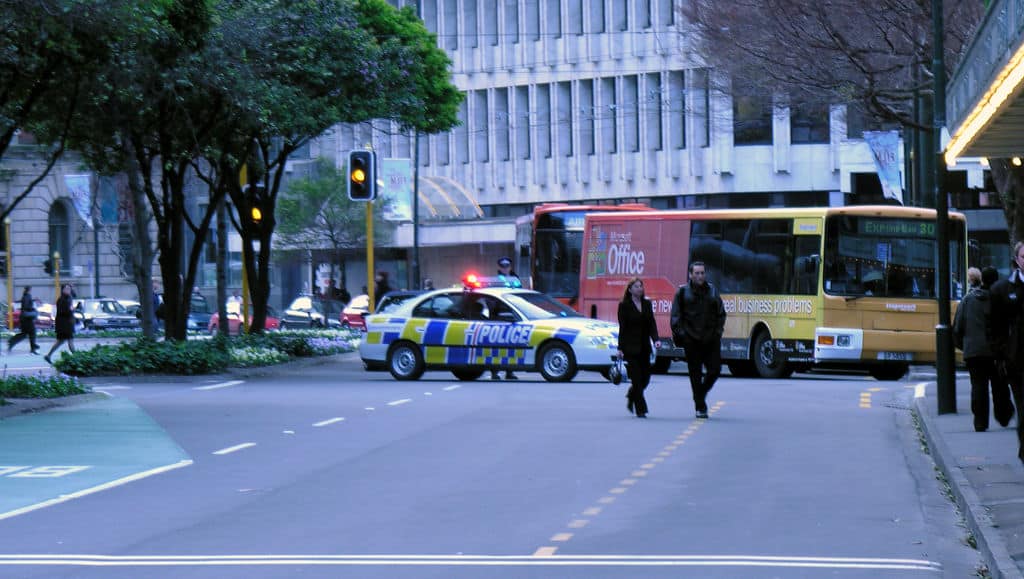
Duty of care has become an integral part of meeting planners’ roles. These 4 tips will help with your crisis communications in the event of an emergency.
For more tips for pre- and post-event, download “A Guide to Crisis Communications for Business Events Strategists,” created by davies tanner in partnership with PCMA
Establish a command center
Create a dedicated space that includes a landline phone with reliable connection and a PC or laptop with a reliable internet connection, that can act as the centre of any communication planning when a crisis hits. You should also think about how you connect your senior team if they are overseas, as communication decisions will need to be made quickly. Sometimes in a crisis, your own building or headquarters may be unavailable to you. Where else could you host a dedicated communications control office if that were the case?
Define your crisis team and each person’s role
In dealing with a crisis, it’s helpful to use the RACI model. Who is Responsible for decisions? Who is Accountable? Who should be Consulted? And who should be Informed? Communicating in a time of crisis can be overwhelming – many people will make demands on you to be told “what’s going on?” The clearer you are in advance about everyone’s role and who needs to know what, the quicker your decision-making is likely to be. Your core crisis team must also include decision-makers at the right level and across your organization—operations, finance and human resources, as well as communications. Your media or PR team may lead on messaging and communications, but they will need the latest information, updates and briefings from experts and those closest to any unfolding crisis.
Develop a robust system for monitoring and reacting to social media coverage
Social media is now the key driving force of crisis communications. Members of the public who are close to an incident can post videos, photos, information and opinions the moment they occur. Setting up social media channels to proactively deal with crisis-handling messages is a time consuming and resource-heavy process. When a crisis hits, it’s too late to set up social media channels from scratch or to allocate the role of social media champion. Both should be in place and sufficiently resourced as part of your crisis communications planning.
Create pre-scripted, targeted messages covering different scenarios
Although a crisis is usually unexpected, a large part of being prepared is predicting what the issue is likely to be. Rehearsing the most appropriate messages at the right time will bring a sense of confidence should a crisis affect your business. Pre-arranged messages will also help with continuity and training within your company.














